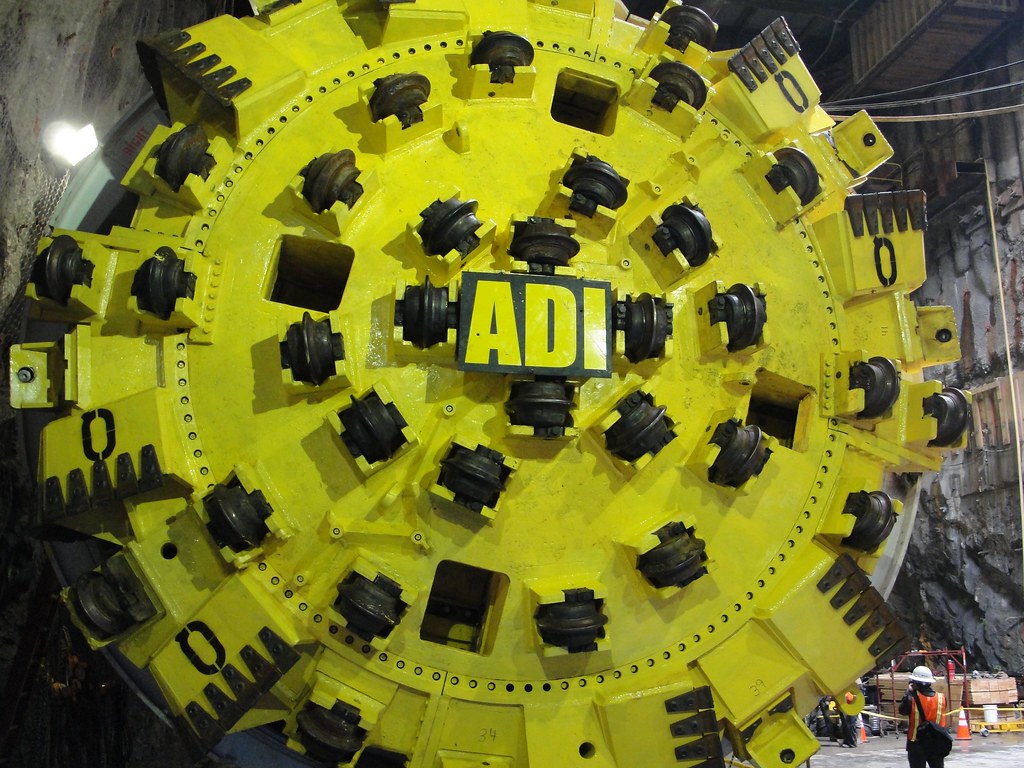Now that the MTA has unveiled a four-year plan, it’s possible to see what level of government contributions the agency expects. Going forward — as page 19 of the PDF details — the authority will derive significant revenue from the payroll tax. By 2014, the authority believes it will draw in $1.5 billion from the payroll tax or nearly 27 percent of its total government subsidy. This controversial tax, then, is a vital one, and if the state’s candidates for governor have their way, the MTA may not see much from it.
The Times Herald Record released polled Rick Lazio and Andrew Cuomo about their stances on hot-button issues. For MTA supporters, the news is dismaying. Lazio, the GOP candidate, says he’s for repealing the tax, and the Democrats’ nominee Andrew Cuomo offered up a little tap dance that basically says as much. “The MTA payroll tax is something we must revisit by coming up with a more equitable system,” he said. “We cannot place unfair burdens on counties with families and businesses struggling.”
Neither candidate, as Mobilizing the Region noted, offered up a solution to the MTA’s budgetary woes nor did they identify a replacement revenue stream were the payroll tax to be abolished. The uncomfortable truth is that the new payroll tax fixes many of the inequities of the original proposal, and it remains a vitally necessary source of MTA funding. The region and its businesses would suffer more were the MTA cut $1.5 billion worth of service, and unless another revenue source is put into place, the state cannot afford to repeal the payroll tax.

 At its meeting this morning, the MTA Board voted to move forward on a plan to raise fares and tolls while slashing the number of station agents employed across the city. As the MTA has both the legal right and the economic need to raise fares in 2011, the vote was both expected and contested with transit advocates and labor officials protesting outside.
At its meeting this morning, the MTA Board voted to move forward on a plan to raise fares and tolls while slashing the number of station agents employed across the city. As the MTA has both the legal right and the economic need to raise fares in 2011, the vote was both expected and contested with transit advocates and labor officials protesting outside. 

 In September 2007, the MTA chose a little-known company named Transit Wireless to
In September 2007, the MTA chose a little-known company named Transit Wireless to 
 When word of the impending MTA fare hike leaked out earlier this month, the headlines concerned
When word of the impending MTA fare hike leaked out earlier this month, the headlines concerned 